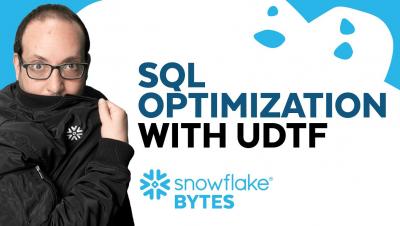How Piano Helps Companies Use Captured Data to Understand Customer Behavior
Big B2C companies looking to better understand their customers and influence their behavior are turning to Piano’s analytics and activation platform to glean insights from captured data. In this episode of “Powered by Snowflake,” Daniel Myers chats with Piano CEO Trevor Kaufman how his company’s “digital experience cloud” takes behavioral data from customer website interactions from across the digital ecosystem and gives its clients the ability to run predictive analytics and create visualizations and reports that provide critical information about those customers' habits, interests, transactions, and more.











